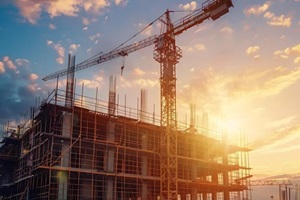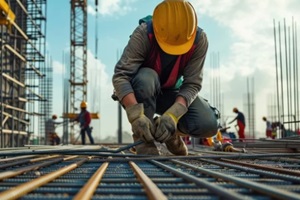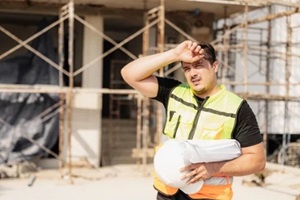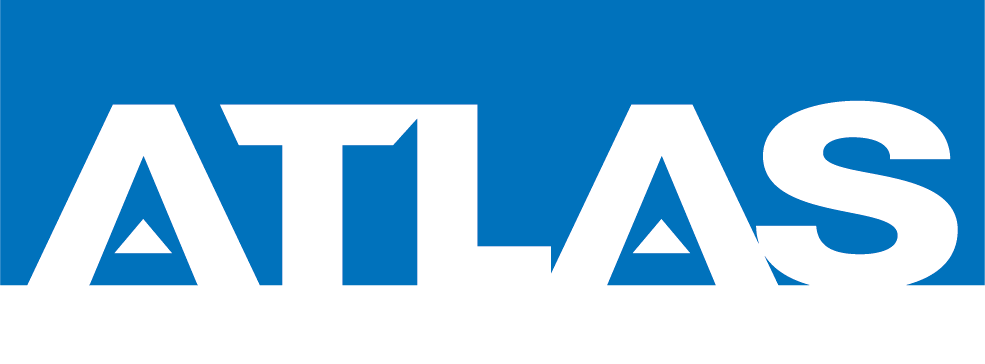 It’s no surprise that construction is considered a high-risk industry with many associated uncertainties. From unforeseen weather events to on-site accidents, common perils often expose companies to financial losses, reputational harm, and even legal problems.
It’s no surprise that construction is considered a high-risk industry with many associated uncertainties. From unforeseen weather events to on-site accidents, common perils often expose companies to financial losses, reputational harm, and even legal problems.
However, for businesses located in Hawaiʻi, carrying the right business insurance can help protect local business owners against these threats.
Let’s review some of the most effective insurance strategies to best remedy the risks in Hawaiʻi’s construction industry.
Identify and Assess Construction Risks
Mitigating construction risks starts with identifying and assessing risks. Prioritize risks based on a universal scale that determines the likelihood of the risk happening:
- Very likely to occur
- Some chance of occurring
- Small chance of occurring
- Very little chance of occurring
The risks that fall into the top categories should be prioritized first. In each category, consider the elements of the risk, such as whether it’s an internal or external risk, and the amount of financial impact the risk could incur.
Some of the more common risks in the construction industry include bodily injury, property damage, and equipment damage. Other professionals involved in construction projects, such as contractors and architects, are also at risk of false claims of errors or professional negligence.
Develop a Risk Mitigation Plan
Once you have created a structured list of risks, you will need to determine how to approach each risk, assigning the appropriate action to be taken if such an event were to occur. When determining how best to manage risks, there are several approaches, including:
Avoid the Risk
Risk avoidance is often the best strategy when possible. However, it’s not always realistic.
Transfer the Risk
Certain types of risks can be transferred to another party, especially in cases where there are contracts in place. Insurance can be a type of risk transference.
Minimize the Risk
Most companies will attempt to minimize risks, when possible, by taking certain preventative measures to reduce any negative outcomes.
Accept the Risk
 In many situations, the business may need to accept the risk and its implications. Having a plan in place to address the aftermath can help counteract ramifications.
In many situations, the business may need to accept the risk and its implications. Having a plan in place to address the aftermath can help counteract ramifications.
In the construction industry, insurance serves as one of the best ways to mitigate common risks. Investing in a comprehensive insurance package can help protect your business from a range of potential risks.
Typical insurance coverages for the construction industry include:
1. Commercial General Liability (CGL)
This policy covers claims of bodily injury, property damage, false advertising, libel, and slander. It is often considered the most comprehensive business insurance as it covers a broad range of risks, as well as most attorney fees and settlement costs.
2. Commercial Property Insurance
A property policy protects a company’s physical assets from burst pipes, fires, storms, explosions, theft, and vandalism. Floods and earthquakes are generally not covered by commercial property insurance but can be covered by an add-on policy.
3. Commercial Auto Insurance
This coverage protects business owners and their employees who use business-owned vehicles. If the vehicle is involved in an accident that results in injuries or damages to property, the auto policy can help cover those losses.
4. Business Interruption Insurance
Business interruption coverage supplements a company’s income if the business is temporarily unable to operate due to a covered loss. It may cover mortgage, lease, or rent payments, revenue, loan payments, payroll, taxes, and more.
5. Workers’ Compensation Insurance
Workers’ compensation insurance provides cash benefits and/or medical care to employees who become ill or injured on the job. Employers are responsible for paying this insurance and employees are not required to contribute to the cost.
Other common types of coverage recommended for construction businesses include directors & officers liability, employment-related practices liability, professional liability, and commercial umbrella.
Implement Risk Monitoring Program
While insurance offers an effective way to mitigate common risks in the construction industry, purchasing a policy isn’t enough. Risks should be continuously monitored throughout the duration of construction projects.
If new threats should present themselves at any point, have an action plan in place, take the appropriate measures to address these risks, and keep all affected parties informed of changes.
 After each construction project is completed, take time to review and improve your risk management plan. Target strengths and weaknesses in the plan and take action to better mitigate risks and prevent losses in the future.
After each construction project is completed, take time to review and improve your risk management plan. Target strengths and weaknesses in the plan and take action to better mitigate risks and prevent losses in the future.
Appointing a risk management team can help take the hassle out of managing common construction risks, giving you more time to focus on growing the business.
Consult with an Expert Insurance Broker
Construction sites are often full of activity, people, and potential dangers. From human error to malfunctioning machinery, there is always a chance that anyone could become injured, property damaged, or projects delayed.
Working directly with an experienced insurance broker can help keep your business and workforce protected no matter what unforeseen events your company may experience.
For local assistance protecting your construction business against industry risks in Hawaiʻi, talk to the experts with Atlas Insurance at (808) 400-6634. We have been protecting our neighbors for over 90 years.
